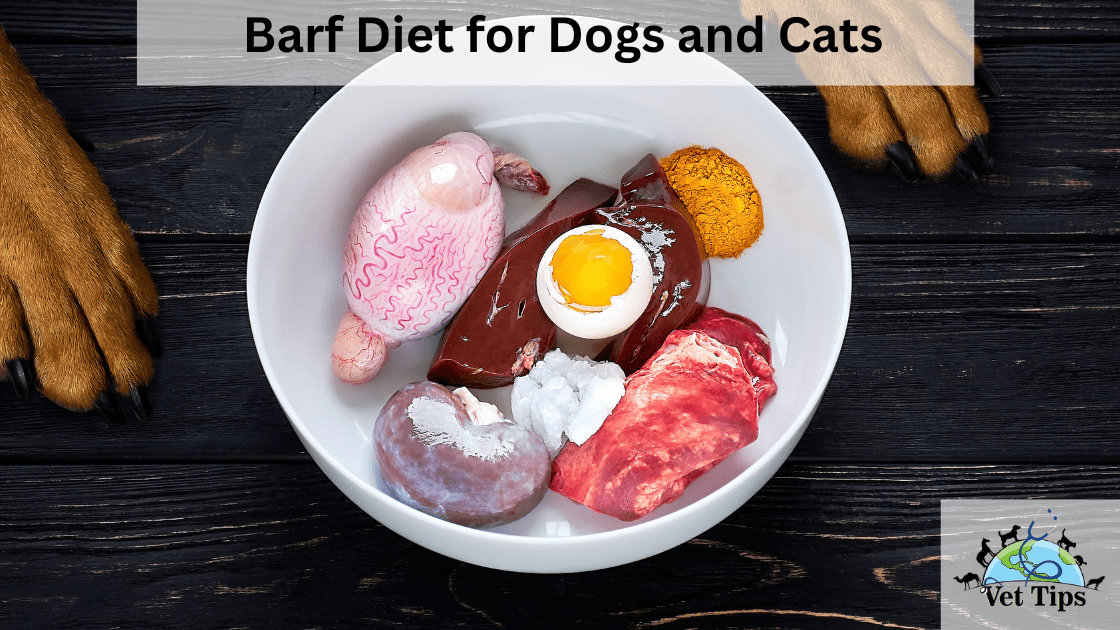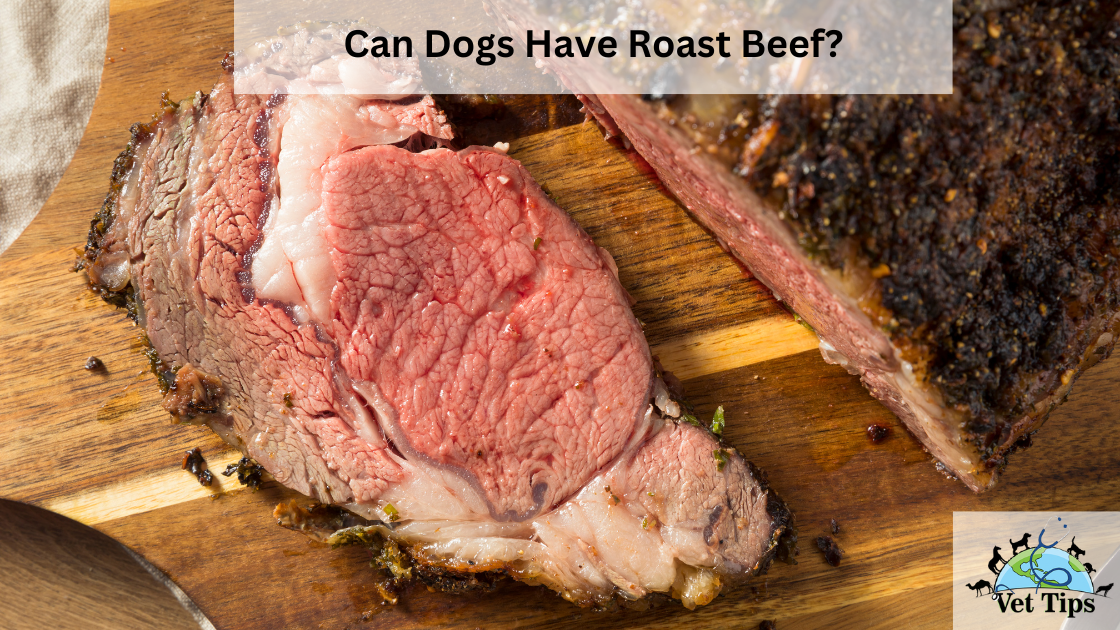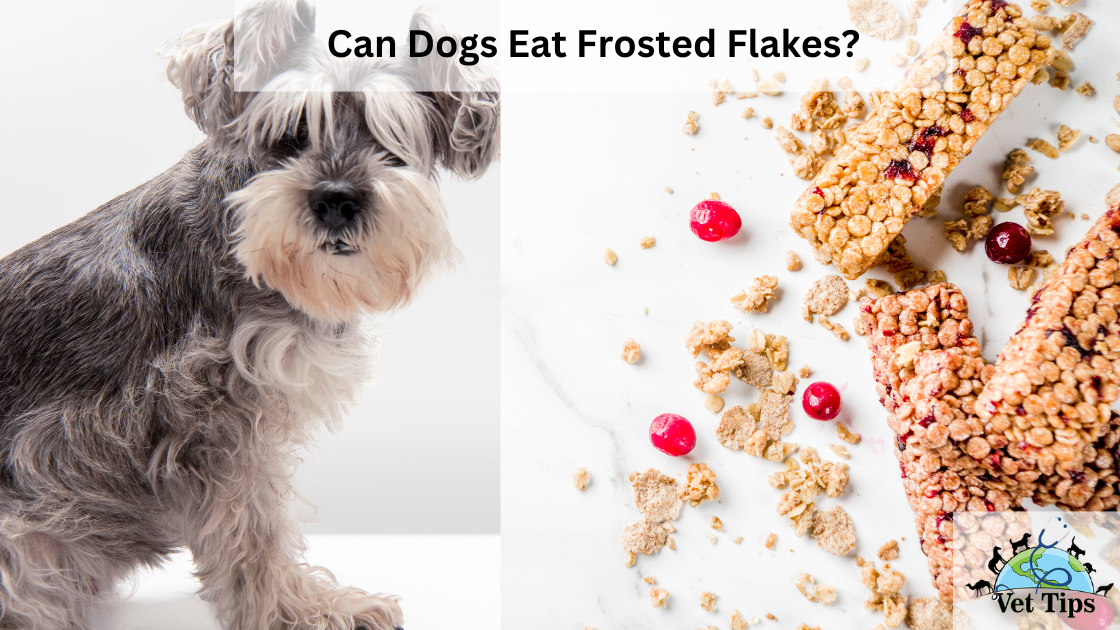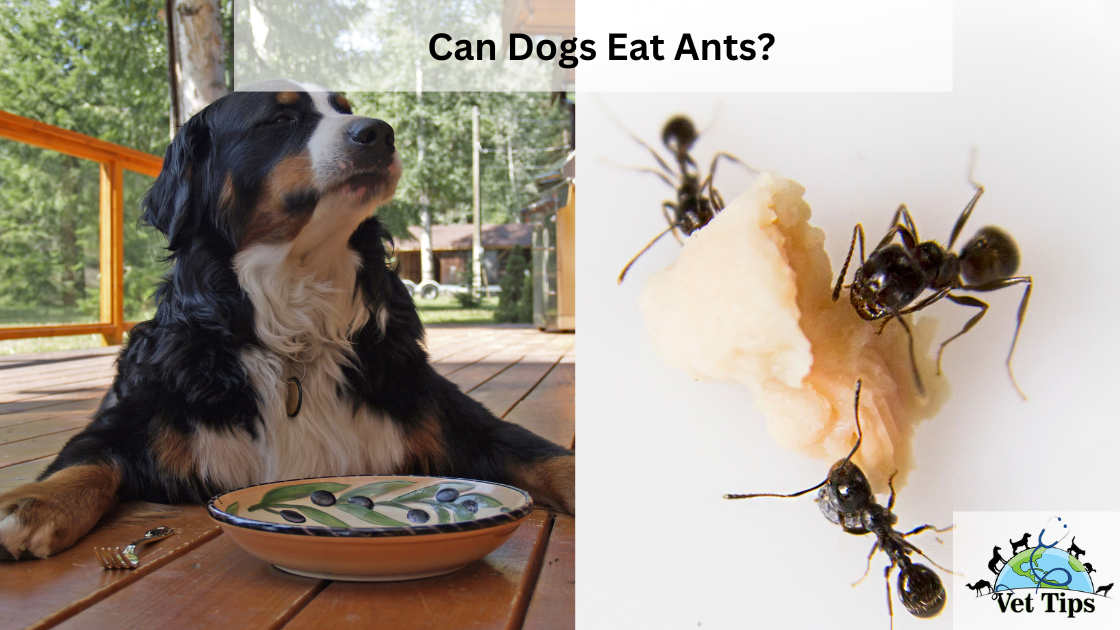The Biologically Appropriate Raw Food (BARF) diet has gained popularity among pet owners as a way to provide dogs and cats with a more natural and species-appropriate diet. BARF proponents believe that feeding raw, unprocessed foods can improve the overall health and well-being of pets. In this article, we will explore the Barf Diet for Dogs and Cats, its principles, and considerations for implementing it for pets.
BARF (Biologically Appropriate Raw Food Diet) is a raw food alternative diet for dogs that consists of raw muscular meat, raw meaty bones, vegetables, and fruits while avoiding processed foods.
The BARF model diet is the most often used and popular raw dog food diet. A BARF diet may be created at home using a variety of foods to meet specified nutritional requirements.
BARF diet feeding ratios change somewhat from PMR diet feeding ratios to account for vegetables, seeds, and fruit. Including vegetables and fruits in a dog’s food has several benefits, especially when constructing a full and balanced raw diet.
Guidelines for Barf Model Ratio
The suggested parameters for a BARF diet are 70% muscular meat, 10% raw edible bone, 7% vegetables, 5% liver, 5% another secreting organ, and 3% fruit.
Muscle Meat
BARF meals are composed entirely of raw muscle meat and are thus deficient in critical proteins, amino acids, and water-soluble vitamins. The muscle meat ratio guideline begins at 70% of total daily calories.
It is critical to understand that the muscle meat ratio does not indicate that muscle meat should be fed solely. This broad group of nutrients includes saturated fat for energy and muscle organs such as heart muscle meat.
Raw Bone
Soft, raw edible bones are vital in BARF diets because they supply critical calcium, phosphorus, and other minerals. The raw edible bone ratio recommendation begins at 10% of total daily consumption.
The amount of raw meaty bones required by a dog to keep solid, consistent feces varies. The 10% ratio is a starting point. However, many dogs thrive on a raw edible bone percentage of 12 to 15%. Always make adjustments based on the dog’s unique needs.
Liver
The liver is a critical component of BARF diets because it supplies vital fat-soluble vitamin A and water-soluble vitamins. The liver ratio recommendation begins with 5% of total daily consumption.
The 5% liver ratio is a starting point, and this quantity of liver offers more vitamin A than recommended daily requirements. Eating as little as 2% liver will still give enough vitamin A for dogs who are organ sensitive.
Additional Organs
Other secreting organs, such as the kidney, contribute critical minerals and water-soluble vitamins to BARF meals. The other organ ratio recommendation begins at 5% of the total daily calorie consumption.
Other secreting organs contribute to the completion of dogs’ basic NRC nutritional requirements. The 5% ratio is a starting point, and more secreting organs can be supplied to meet nutritional requirements.
Vegetables
Vegetables contribute vital nutrients and phytochemicals to BARF diets. The vegetable ratio recommendation begins at 7% of total daily calories.
Vegetables help dogs meet their critical nutritional requirements. The 7% ratio is a starting point; more or fewer veggies can be consumed to meet nutritional requirements.
Fruit
The fruit has essential elements that provide antioxidants in BARF diets; however, they are limited due to their high sugar content. The fruit ratio recommendation begins at 3% of total daily consumption.
For 75+ BARF diet Recipes check this guide.
Benefits of the BARF Diet
Advocates of the BARF diet believe that it offers several potential benefits for pets, including:
Improved Digestion
Raw, unprocessed foods are easier for pets to digest compared to heavily processed commercial diets. The natural enzymes present in raw food can support healthy digestion and nutrient absorption.
Dental Health
Chewing on raw bones and meat can help keep pets’ teeth clean and reduce the risk of dental issues, such as tartar and plaque buildup.
Healthy Skin and Coat
A balanced BARF diet rich in essential fatty acids can contribute to healthier skin and a shiny coat in dogs and cats.
Increased Energy and Vitality
Some pet owners report that their pets on the BARF diet exhibit increased energy levels, improved muscle tone, and overall vitality.
Implementing the BARF Diet
When considering the BARF diet for your pet, there are several important factors to keep in mind:
Nutritional Balance
It’s crucial to ensure that the BARF diet provides a balanced and complete nutrient profile. Consult with a veterinarian or a veterinary nutritionist to develop a meal plan that meets your pet’s specific needs. The diet should include appropriate ratios of meat, bones, organs, fruits, and vegetables.
Quality Ingredients
Choose high-quality, human-grade ingredients for the BARF diet. Select fresh, organic, and hormone-free meats, and ensure that any bones are safe for consumption and properly sized for your pet.
Food Safety
Raw food carries the risk of bacterial contamination, which can be harmful to both pets and humans. Practice proper food handling, storage, and hygiene to minimize the risk of bacterial infections. Thaw and serve raw food safely to prevent the growth of harmful bacteria.
Considerations for Cats
Cats have specific dietary requirements, and their nutritional needs differ from those of dogs. If you plan to feed your cat a BARF diet, it’s essential to consult with a veterinarian or a feline nutrition specialist. Cats have higher protein requirements and require specific nutrients, such as taurine, that are essential for their health.
Monitoring and Adjustments
Regularly monitor your pet’s health, body condition, and weight when transitioning to the BARF diet. Adjust the meal plan as necessary to ensure your pet maintains a healthy weight and shows no signs of nutrient deficiencies or imbalances. Regular veterinary check-ups are important to assess your pet’s overall health and address any concerns.
Conclusion:
BARF diets are an excellent method to give dogs a balanced meal rich in important nutrients. Plant-based components have been shown to be useful in meeting dogs’ nutritional requirements, and a BARF model diet is strongly recommended if wild, complete prey is not provided often.
Tell us in the comments, how you like our article “BARF DIET FOR DOGS AND CATS”
For similar posts like this, click here.
For the source file click here.





One thought on “Barf Diet for Dogs and Cats”